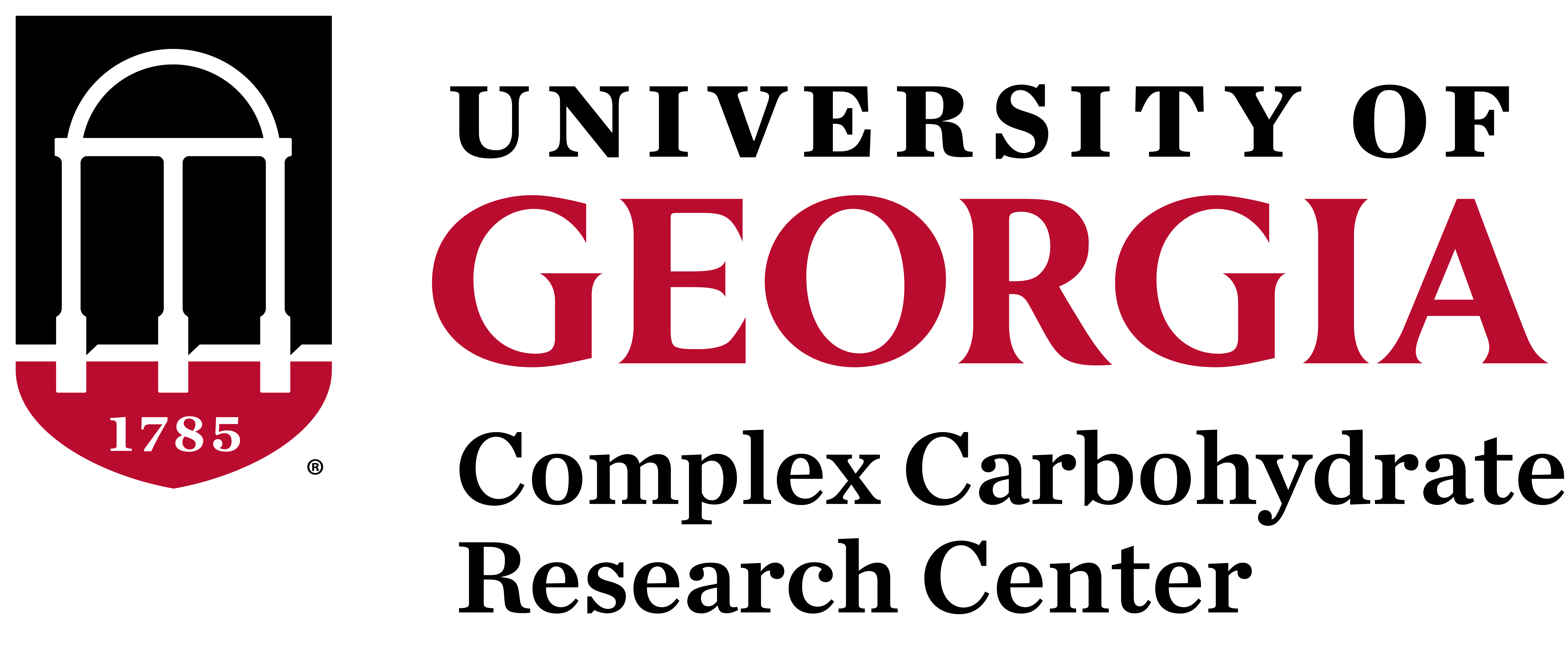Short Biography:
Dr. Prestegard received his B.S. in chemistry in 1966 from the University of Minnesota and his Ph.D. in chemistry from the California Institute of Technology in 1971. Prior to joining the CCRC in January 1998, Dr. Prestegard spent 27 years in the Chemistry Department at Yale University where he held positions of assistant professor, associate professor, and professor. In addition to his normal professorial duties, he now directs the regional NMR facilities at the University of Georgia. Dr. Prestegard serves on the editorial boards of several journals, including the Journal of Magnetic Resonance and the Journal of Biomolecular NMR, and is a frequent member of advisory and review panels.
Research Interests:
Dr. Prestegard’s group is applying nuclear magnetic resonance (NMR) spectroscopy to the study of the structure and function of biologically important macromolecular assemblies involving carbohydrates, proteins, and membranes. Research in the Prestegard laboratory focuses on NMR methods development, membrane proteins, cell-surface carbohydrates, protein structure, and protein-protein interactions.
Proteins are large molecules that are targets (receptors) of natural ligands (smaller molecules that bind specifically to the active site of a protein) as well as pharmaceuticals. An essential part of developing any new drug is to determine how that drug will bind to its target protein(s) and to characterize the structures and conformations of the interacting molecules, a particularly difficult task when flexible structures such as carbohydrates are involved. Nuclear magnetic resonance (NMR) spectroscopy is rapidly becoming a major contributor of structural information on how natural ligands and derived drug candidates bind to protein targets. However, progress has been impeded by reliance on short-range interactions (known as NOEs) that are limited in their ability to characterize the relative placement of remote parts of macromolecules or to characterize the average conformation of flexible ligands. These limitations are particularly severe in recognition of carbohydrate-containing ligands because they are inherently flexible and because the proteins that recognize them often function as multimers of loosely connected domains.
The Prestegard group has recently made some important advances in developing non-NOE-based structure determination methods. These methods rely on a more direct NMR measurement that can be made in “ordered” media, in the presence of high magnetic fields. Using these new methods the Prestegard group has succeeded in characterizing the relative orientation of two domains in a carbohydrate-binding protein and in collecting structural data on a flexible trisaccharide (a molecule composed of three sugars) without the use of NOEs. The experiments provide data in a fraction of the time required by the traditional NOE-based approach and can provide a unique structural perspective on which to base the design of new drugs.
NMR methods development. Methods development is closely related to the demands of the applications. For example, some exciting diffusion-edited amide exchange experiments have been developed for the investigation of the energetics and kinetics of protons involved in hydrogen bonds. Hydrogen bonding is important in stabilizing protein structural elements and in protein-carbohydrate recognition, both subjects being studied in the Prestegard group. Neural network-based automated assignment programs for multi-dimensional NMR spectra have been developed, as have statistics-based spectral analysis programs. These programs are essential in achieving less tedious and more precise NMR-based structural analysis.
An ongoing objective of the Prestegard group is to extract new types of information from NMR and related experiments. Current projects involve the use of residual dipolar couplings that occur in molecules oriented by very high magnetic fields and cross-correlation effects that involve chemical shift anisotropies that also become large in high fields. Both topics rely on the design of new experiments and in-depth theoretical analysis of experimental results.
Membrane proteins. The structural analysis of membrane proteins is one of the major challenges in biophysical chemistry today. It is a major challenge because these proteins prefer an environment that is neither crystal nor solution. Unfortunately, crystal and solution phases are the only two phases for which structure determination methods are well established. The Prestegard lab has undertaken the development of NMR-based structure determination methods that are applicable in a medium that mimics the partial, liquid crytalline order of natural membranes. These methods are currently being applied to peptides that present typical membrane protein structural motifs, such as trans bilayer helices and surface-associated amphipathic helices.
Cell-surface carbohydrates. Carbohydrates covalently linked to proteins (glycoproteins) and to lipids (glycolipids) are also present on the surfaces of membranes. In fact, they are the primary mediators in processes that involve interaction of a cell with its external environment. This external environment includes important processes such as cell-cell interactions, hormone stimulation, and invasion by pathogens. Structural characterization of the carbohydrate moieties in their nature environment is essential to understanding and controlling the processes in which they are involved. Many of the NMR methods being developed to characterize membrane proteins are equally applicable to cell-surface carbohydrates. In addition, methods that are more focused on the details of protein-carbohydrate recognition interactions are important. A number of lectins from plant and animal sources are being studied as models for these recognition processes and as a testing ground for methods that can characterize them.
Protein structure and protein-protein interactions. Knowledge of protein structure is essential to understanding a very large number of biochemical processes. However, proteins seldom act alone. They interact with substrates, receptors, and one another to fine tune their activities and specificities. NMR spectroscopy offers the opportunity not only to determine protein structure (in solution, for the cases of interest to the Prestegard group) but to focus on particular regions involved in critical contacts. Isotope-edited NMR experiments are a key component enabling analyses of these special regions. The Prestegard group has implemented a full array of these experiments and is applying them to interesting protein systems. One study involves components of chaperonin systems important to protein folding. Another involves components of multi-enzyme systems important in the synthesis and modification of long chain fatty acids.
Dr. Prestegard’s research is supported by the National Science Foundation, the National Institutes of Health, and the Georgia Research Alliance.








